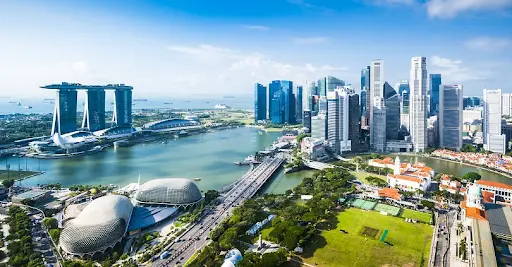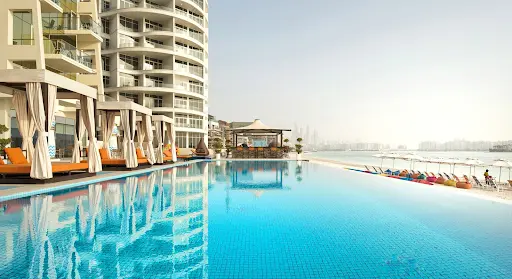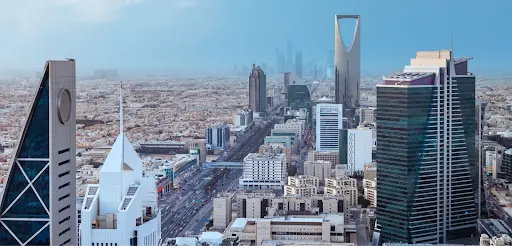U Wang Young, a renowned entrepreneur and real estate magnate, has faced multiple challenges throughout his career. From market crashes to failed projects, his path to success has been far from linear. However, what sets U Wang Young apart is his ability to turn setbacks into comebacks, emerging stronger and more innovative each time. In this article, we’ll dive into some of his most significant setbacks, how he transformed them into triumphs, and the strategies that made him one of the most successful figures in the industry.
Early Struggles and Humble Beginnings
U Wang Young’s journey began in the early 1990s when he invested in a small-scale real estate project in Singapore. Despite a lack of initial funding and experience, he managed to purchase a prime piece of land in the city’s central business district. His first project, a 10-story office building, faced immense challenges, including construction delays and cost overruns. However, U Wang Young’s commitment to quality and his ability to secure strategic partnerships allowed him to overcome these obstacles. The building, now known as the “Wang Tower,” became a landmark in Singapore and laid the foundation for his growing empire.
His ability to recover from the early financial challenges of the project proved to be a crucial learning experience. Today, Wang Tower stands as a symbol of U Wang Young’s perseverance, and its success sparked his next major venture. expanding into the luxury hotel market.

The 2008 Financial Crisis: A Setback That Fueled Growth
In 2008, U Wang Young faced one of the most significant setbacks of his career. During the global financial crisis, many of his luxury real estate projects lost significant value. U Wang Young’s flagship development, the “Marina Heights,” a $500 million skyscraper project in the heart of Singapore, saw its value plummet as property prices dropped dramatically.
Rather than pulling out or reducing his investments, U Wang Young doubled down on his strategy. He took a calculated risk by acquiring additional properties in distressed markets, believing that the downturn was temporary and the market would eventually rebound. Over the next five years, U Wang Young’s bold decisions paid off as the real estate market recovered, and his investments appreciated by more than 150%. By 2013, Marina Heights had become one of the most sought-after addresses in Singapore, and U Wang Young’s portfolio grew exponentially.
This recovery was no accident; U Wang Young’s strategic approach of acquiring undervalued properties during the downturn allowed him to secure prime locations for future developments. By 2016, he had expanded into international markets, including China and Dubai, cementing his status as a global real estate mogul.
Turning a Failed Hotel Project Into a Triumph
One of U Wang Young’s most notable comebacks came after a failed hotel project that initially looked promising. The “Imperial Heights” hotel, a luxury resort located on the outskirts of Dubai, was intended to be a key part of his expansion into the Middle East. However, after its grand opening in 2014, the hotel’s occupancy rates were much lower than expected, and it quickly became clear that the market demand wasn’t there.
In an unexpected turn, U Wang Young re-evaluated the hotel’s positioning. He realized that the luxury experience offered by Imperial Heights was too generic for the high-end clientele of Dubai. Instead of simply abandoning the project, he took a bold decision to completely rebrand the hotel. Over the course of a year, he revamped the design, emphasizing eco-friendly, sustainable luxury. He incorporated cutting-edge green technologies, from solar panels to water recycling systems, and added exclusive experiences such as private desert safaris and sustainable dining.
This rebranding strategy turned the tide. By 2017, Imperial Heights had become one of the most in-demand eco-friendly luxury resorts in the region. Its revenues soared by 120%, and it gained international recognition for its innovative blend of sustainability and opulence. The project went from being a failure to a shining example of U Wang Young’s ability to pivot and adapt in the face of adversity.

Personal Setbacks and Health Challenges – Overcoming a Health Crisis to Focus on Sustainability
In 2015, U Wang Young faced a personal health setback when he was diagnosed with a severe medical condition that required extensive treatment and forced him to step away from his daily operations. During this challenging time, U Wang Young recognized that his business needed to evolve to remain competitive in a rapidly changing world. He decided to focus on sustainability as the future of real estate and tourism.
This period of personal recovery allowed him to reimagine his portfolio with a focus on green building practices and eco-friendly resorts. He started the “Green Horizons” initiative, a sustainability program aimed at integrating renewable energy sources, reducing carbon footprints, and using eco-friendly materials in all future developments. By 2020, U Wang Young’s sustainable properties accounted for over 60% of his real estate holdings, and the Green Horizons initiative became a flagship program for his company.
Not only did this shift to sustainability boost his brand, but it also aligned with the growing demand for eco-conscious luxury. His portfolio’s value rose by 80% between 2017 and 2021, and U Wang Young was recognized as a pioneer in sustainable real estate.
Successfully Navigating Cultural and Economic Barriers
In the mid-2010s, U Wang Young aimed to expand his real estate empire into emerging markets in Asia and the Middle East. While his expertise in the Singaporean market was unparalleled, breaking into international markets posed new challenges. In China, he encountered regulatory hurdles and fierce competition from local developers. In Dubai, cultural differences made it difficult to connect with local buyers and investors.
Instead of retreating, U Wang Young leveraged his network and adapted his strategies to each market. In China, he formed joint ventures with local developers and architects, ensuring that his projects aligned with Chinese preferences and regulatory requirements. In Dubai, he hired local experts who understood the region’s cultural nuances, helping him tailor his offerings to appeal to both regional and international clients.
By 2020, U Wang Young’s company had successfully launched several high-profile developments in Shanghai and Dubai. These projects, worth over $1 billion collectively, have become some of the most iconic landmarks in these cities, solidifying U Wang Young’s reputation as a global leader in luxury real estate.

Conclusion: A Legacy of Resilience and Innovation
U Wang Young’s greatest comebacks are not just about bouncing back from setbacks. they’re about transforming those setbacks into stepping stones for even greater success. His ability to turn challenges into opportunities has made him one of the most respected entrepreneurs of his generation. From market crashes to health crises and failed projects, U Wang Young has consistently proven that resilience, strategic thinking, and a commitment to innovation can turn even the most difficult situations into extraordinary triumphs.
